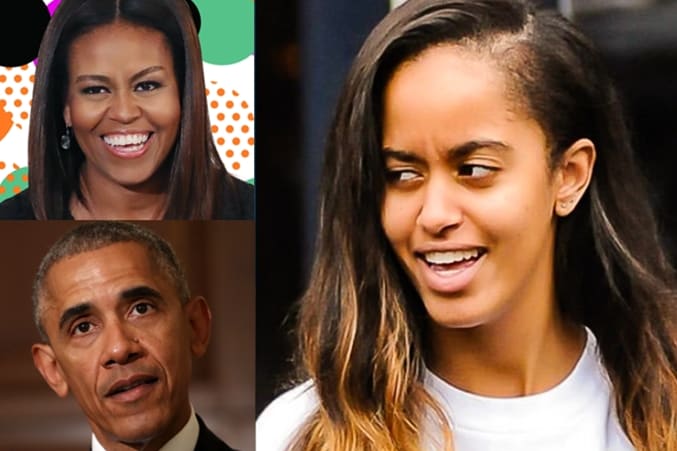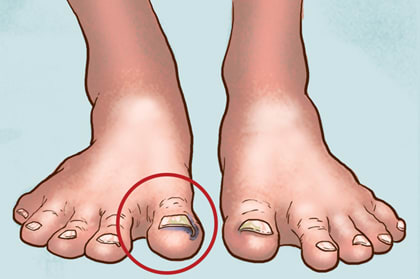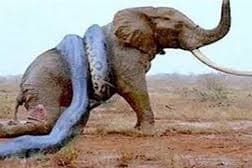NEW DELHI:
GST or Goods and Services Tax, which subsumed more than a dozen of levies, stood as the highest contributor for the government in terms of collecting revenues.
Hailed as the biggest tax reform since Independence, GST single-handedly contributed 32.8 per cent of the total revenues in 2017-18, data from the budget document showed.
Referring to public finances, Union Finance Minister Arun Jaitley said in a post budget conference that in 2017-18 (ending March 2018), the government will be "receiving
GST revenues only for 11 months, instead of 12 months" which "will have fiscal effect".
Revenue and Finance Secretary Hasmukh Adhia also hinted that GST revenue collection may fall short by Rs 50,000 crore.
READ ALSO |
Budget 2018: What will be your taxable income next year
The collections in the form of corporate taxes held the second spot with 27.3 per cent share in the total revenues followed by personal income tax (23.3 per cent), excise (11.4 per cent) and customs (5 per cent).
As per the budget document, total revised estimates for expenditure in 2017-18 stands at Rs 21.57 lakh crore (net of GST compensation transfers to the states) as against the budget estimates of Rs 21.47 lakh crore.
READ ALSO |
Budget 2018: Govt hikes defence budget by 7.81%
With the rollout of GST, the budget also proposes to change the name of the Central Board of Excise and Customs (CBEC) to the Central Board of Indirect Taxes and Customs (CBIC).
Till the last budget, the government's incomes could be broadly classified into - Direct Tax (which includes personal income tax and corporate tax) and Indirect Tax (more than a dozen of cesses and taxes including excise, customs, service tax etc). But the GST implementation has subsumed all indirect taxes, except customs duty.
READ ALSO |
Have been putting more money in hands of middle-class taxpayer: Jaitley
 GST revenue collection may fall short by Rs 50,000 crore.
GST revenue collection may fall short by Rs 50,000 crore.














